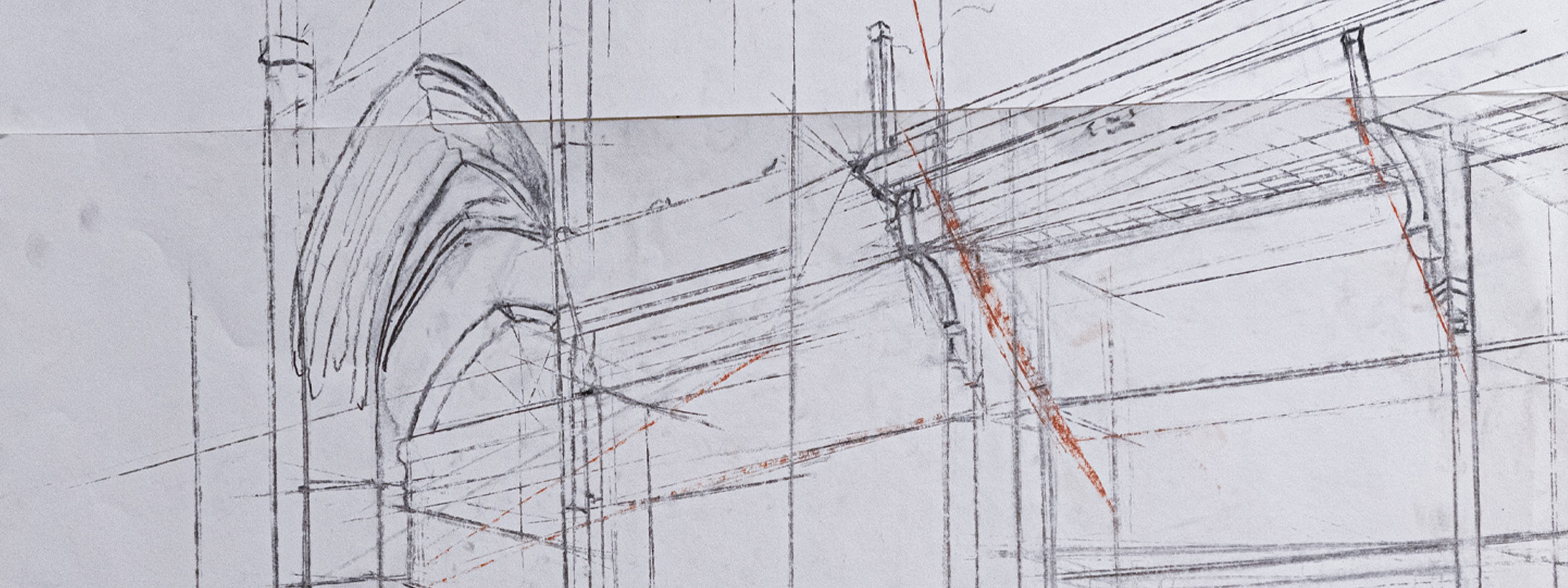Abstract from chapter's webpage:
Each day as one notices more people walking along sidewalks, head down peering into smart phones, the fear is that social interaction in public space is dead. However, the integration of human and non-human processes may connect our communities now in more ways than ever before. New urban design theory suggests that “the city” may not be understood as a whole, rather as an assembly of dynamic urban processes. At many bike share systems around the world only static maps with limited interaction experience. Urban interaction design and the Internet of Things, is changing this experience. The interdisciplinary methodology describes a symbiosis of people, space and things. The significance is the integrated urban interaction design process of: urban design theory using classification of urban experience; geospatial analysis at the street-scale of point addresses, and fabrication of a test-bed kiosk to test ambient sensors and user interaction. Connectivity experienced in the virtual space of social media may now enter back into the physical realm of public space.
